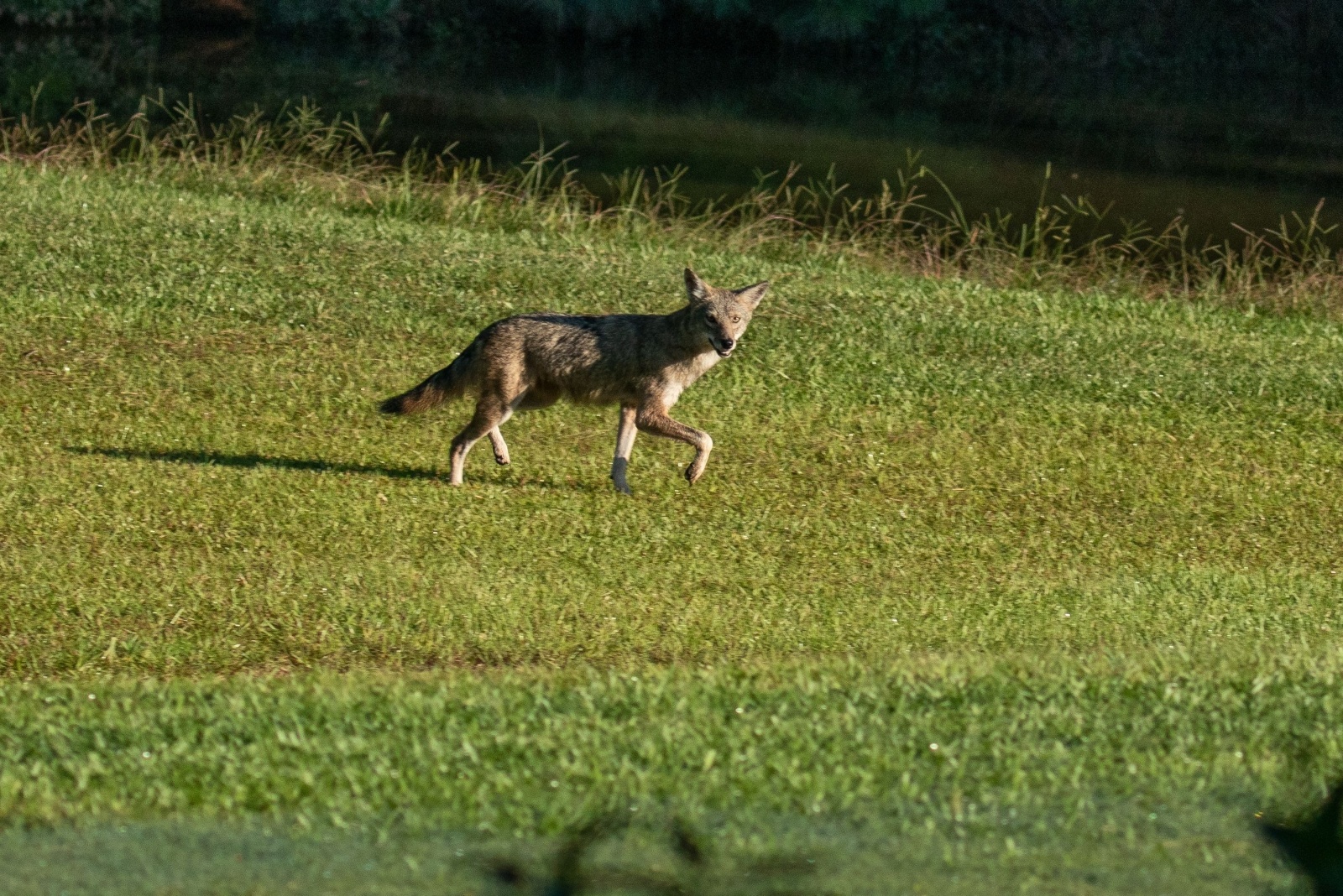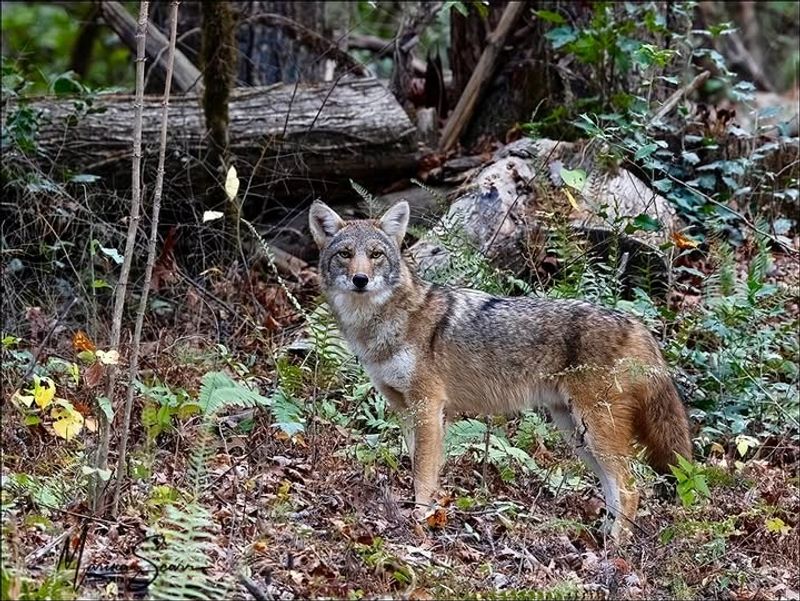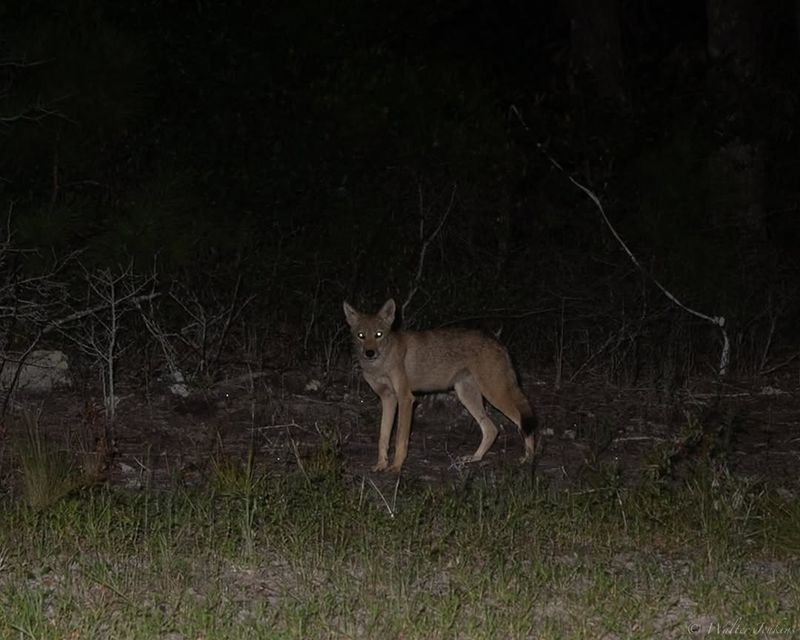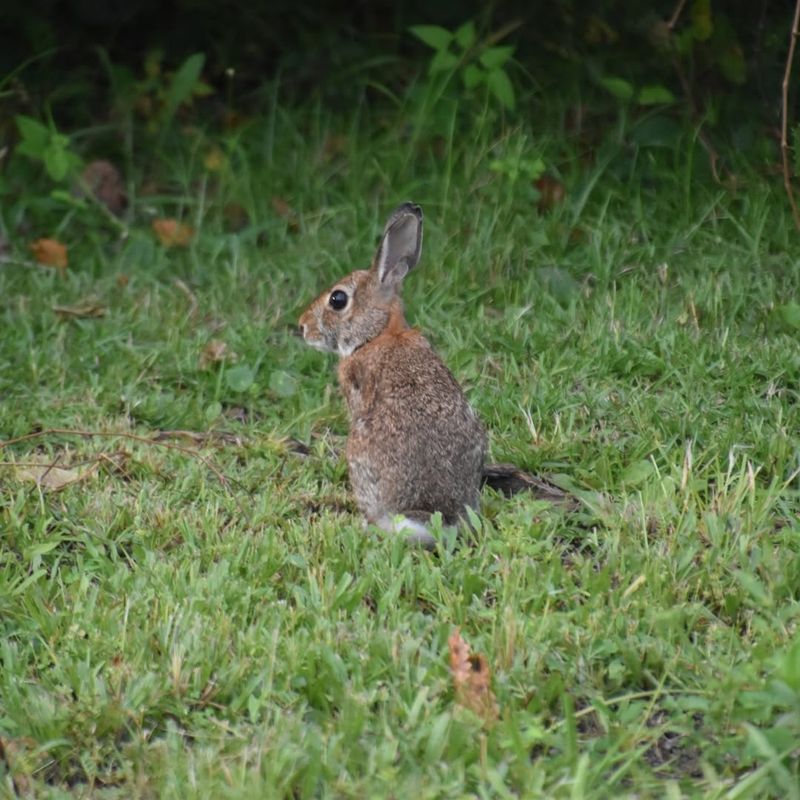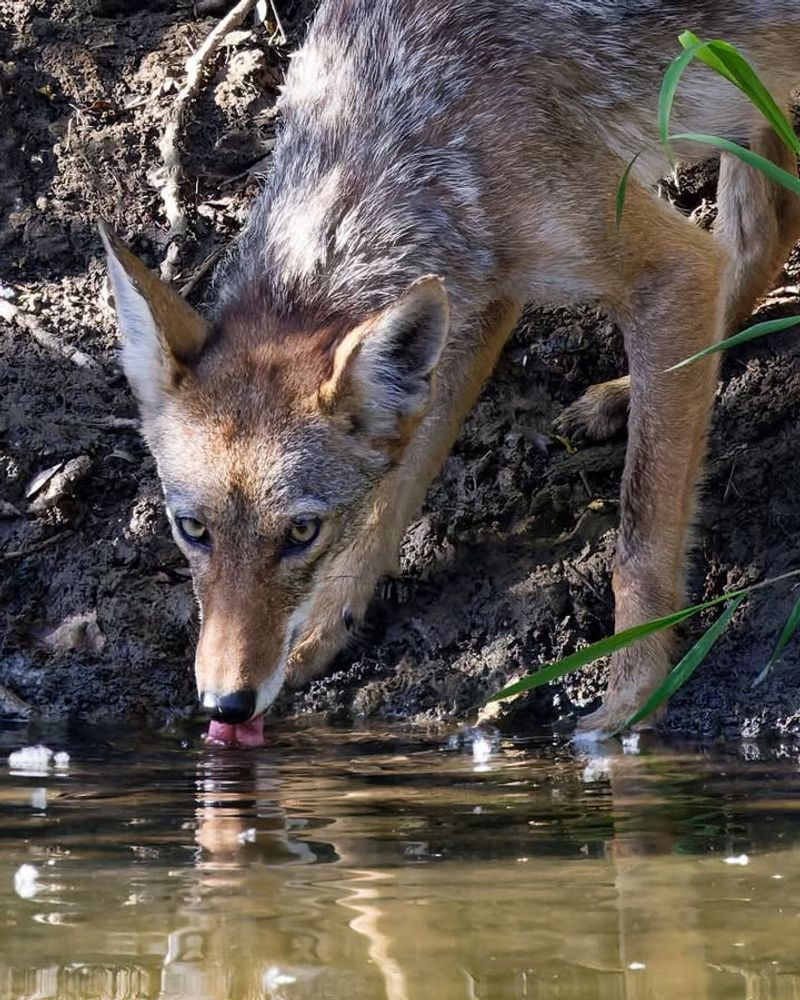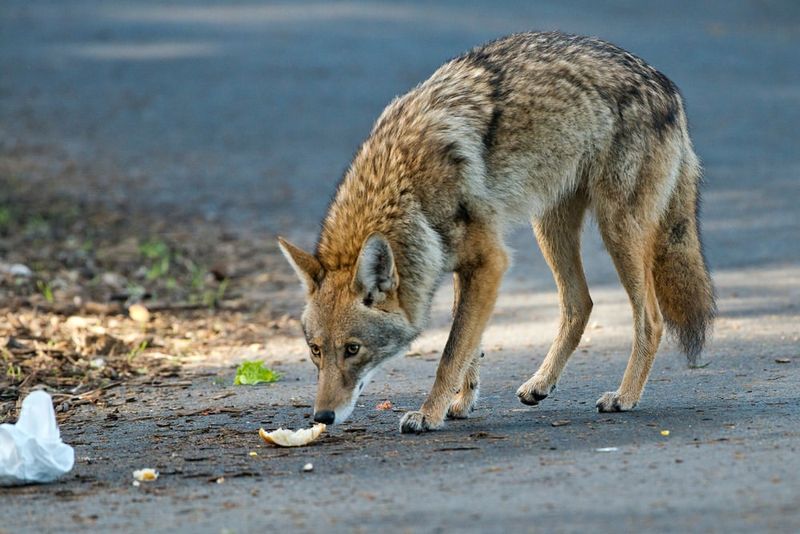Coyotes are no longer sticking to the shadows, they’re trotting right into North Carolina’s neighborhoods, bold as brass and twice as clever.
As suburbs sprawl and wild spaces shrink, these wily wanderers are learning to live right under our noses. Here’s why their howls are growing louder across the Tar Heel State.
Loss Of Natural Habitat
Forests and wild spaces are disappearing fast as more homes, roads, and shopping centers get built. When construction crews clear trees and brush, coyotes lose their hunting grounds and den sites.
Without their usual territory, these adaptable animals have no choice but to explore new areas. Suburban neighborhoods with wooded edges become attractive alternatives.
Development pushes wildlife into smaller pockets of land, forcing coyotes to venture closer to human communities just to survive and find food.
Easy Access To Food Sources
Trash cans, pet food bowls left outside, and backyard compost piles create a buffet for hungry coyotes. People unintentionally make neighborhoods smell like restaurants to these scavengers.
Bird feeders attract rodents, which then attract coyotes hunting for an easy meal. Fruit trees dropping apples or berries also draw them in.
When food is readily available without much effort, coyotes quickly learn that human areas provide better dining options than hunting rabbits in the wild.
Fewer Natural Predators
Wolves once kept coyote populations in check, but they’ve been gone from North Carolina for over a century. Large predators that used to compete with or hunt coyotes are now mostly extinct in the region.
Without these natural threats, coyote numbers have grown steadily. They face fewer dangers and can expand their range more freely.
Mountain lions and bears occasionally appear but aren’t common enough to control coyote populations, leaving them as top predators in many areas.
Adaptability To Urban Environments
Coyotes are incredibly smart and flexible when it comes to survival. Unlike other wild animals, they can adjust their behavior to fit almost any environment, including cities and suburbs.
They’ve learned to cross streets, hide in drainage ditches, and move around during quieter nighttime hours. Their intelligence helps them avoid danger while taking advantage of human resources.
This remarkable adaptability makes them one of the most successful wild animals living alongside people throughout North America.
Abundance Of Small Prey Animals
Neighborhoods are crawling with rats, mice, rabbits, and squirrels—perfect meals for coyotes. Manicured lawns and gardens create ideal habitats for these small creatures, which multiply quickly.
Parks, golf courses, and greenways connecting subdivisions provide hunting corridors. Coyotes follow the food trail right into residential areas.
By controlling rodent populations, coyotes actually provide a valuable service, though most homeowners would prefer they stay away. Their presence indicates a healthy small-mammal population nearby.
Water Sources In Developed Areas
Every animal needs water to survive, and neighborhoods offer plenty of it. Decorative ponds, irrigation systems, pet water bowls, and drainage ditches provide constant hydration.
Creeks running through subdivisions become natural pathways for coyotes to travel while staying hydrated. Storm water retention areas also attract them.
During dry seasons in North Carolina, these reliable water sources become even more important, drawing coyotes from surrounding wild areas into communities where water is plentiful and easily accessible year-round.
Reduced Fear Of Humans
Younger coyotes growing up near people don’t develop the same wariness their ancestors had. They become habituated, meaning they view humans as part of the landscape rather than threats.
When people don’t actively scare them away or when some folks even feed them, coyotes lose their natural caution. This boldness increases sightings and encounters.
Habituation happens gradually but creates serious problems throughout North Carolina, as fearless coyotes are more likely to approach homes, pets, and people during daylight hours.
Expanding Population Numbers
Coyote populations have exploded across North Carolina over the past few decades. Originally western animals, they’ve spread eastward and now thrive throughout the entire state.
Females can have litters of five to seven pups each spring, and many of these young survive thanks to plentiful food and shelter. More coyotes mean they need more territory.
As their numbers grow, younger animals get pushed out of established territories and must find new places to live, often ending up in suburban communities.

